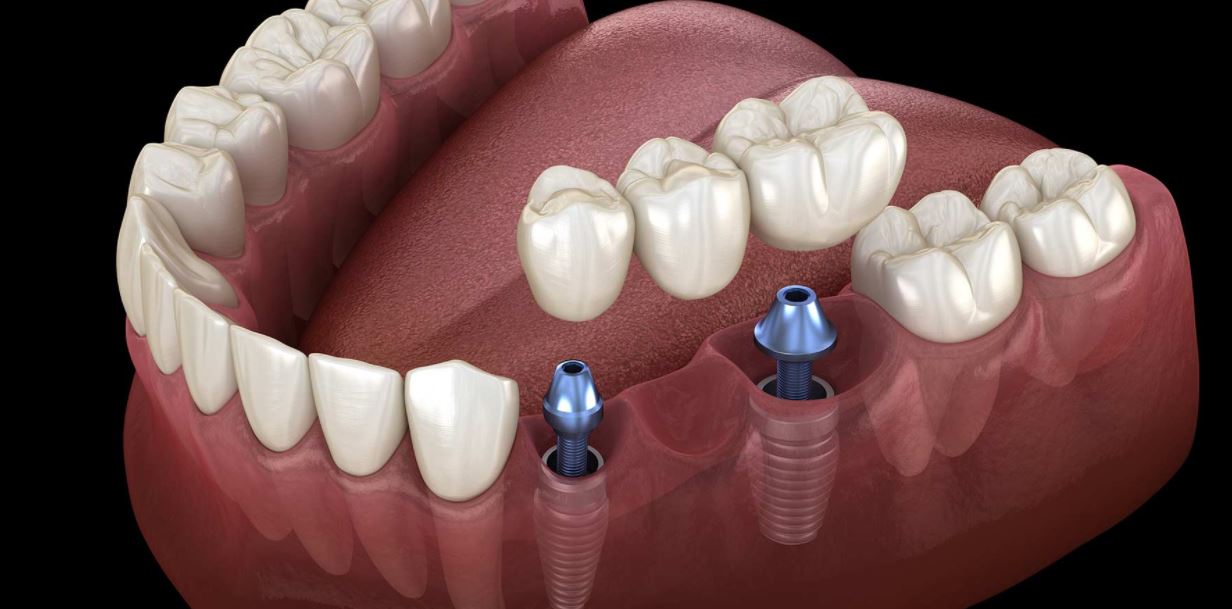The Road Ahead: Effective Choices Following Root Canal Failure

Experiencing a root canal failure can feel like navigating a maze without an exit. The pain, the uncertainty, and the fear of further dental work might leave you feeling overwhelmed. But don’t lose hope just yet. There are effective options available that can help you find your way back to oral health. Understanding your choices is crucial whether you’re considering retreatment or exploring more permanent solutions like dental implants. Let’s dive into what lies ahead and how you can confidently reclaim your smile.
Retreatment
Retreatment is often the first option when a root canal fails. This process involves reopening the tooth and removing any infected or damaged tissue that may have been missed in the original procedure. Your dentist will carefully clean the canals again, ensuring they are bacteria-free. Once cleaned, they’ll fill and seal the tooth to prevent future infections. One of the benefits of retreatment is that it allows for a second chance at saving your natural tooth. Many patients succeed with this approach, as advancements in dental technology make procedures more effective than before.
Dental Implants

Dental implants offer a reliable solution for those dealing with the aftermath of root canal failure. These artificial tooth roots are surgically placed into your jawbone, providing a sturdy foundation for replacement teeth. One key benefit is their longevity. Unlike traditional bridges or dentures, implants can last a lifetime with proper care.
Implant dentist Manchester usually recommends dental implants for patients who have lost a significant amount of tooth structure or have multiple failed root canals. This means fewer visits to the dentist in the long run. Another advantage is improved functionality. Implants function like natural teeth, allowing you to eat and speak without discomfort or worry about slipping.
Apicoectomy
An apicoectomy is a surgical procedure aimed at addressing persistent infection after root canal treatment. This option comes into play when the original treatment has failed and retreatment isn’t viable. During the procedure, a dentist or oral surgeon removes the infected tissue from the tip of the tooth’s root. They also seal off any channels that may cause further complications. While this might sound daunting, it’s often performed under local anesthesia, making it manageable for patients. Recovery time varies but usually involves some discomfort that can be managed with over-the-counter pain relievers.
Pain Management Strategies

Pain after a root canal failure can be frustrating. Thankfully, there are various strategies to help manage discomfort effectively. Over-the-counter pain relievers can provide immediate relief. Ibuprofen or acetaminophen often works wonders for many individuals. Always follow dosage guidelines and consult your dentist if you’re unsure. Cold compresses also serve as an excellent option. Applying one to the outside of your cheek reduces swelling and numbs the area, offering temporary comfort. Mindfulness techniques may also alleviate pain perception.
Choosing the right path after a root canal failure can feel daunting. Each option has its advantages and potential drawbacks. Retreatment might be suitable for those looking to save their tooth, while an apicoectomy offers an alternative route if the original procedure didn’t heal properly. It’s essential to consult with your dental professional about which option suits your specific situation best. A personalized approach ensures that you receive care tailored just for you. Taking the time to explore these choices is crucial for achieving optimal oral health moving forward.…


 Replacing one or more lost teeth by inserting implants allows us to obtain a new dentition very similar to the natural one, both in appearance and function. Thanks to modern implantology techniques, applying a titanium screw inside the edentulous bone tissue takes place safely under local anesthesia. How long does an implant last? We will look at the different determining factors.
Replacing one or more lost teeth by inserting implants allows us to obtain a new dentition very similar to the natural one, both in appearance and function. Thanks to modern implantology techniques, applying a titanium screw inside the edentulous bone tissue takes place safely under local anesthesia. How long does an implant last? We will look at the different determining factors.
 To get a more precise idea, we can examine the data collected by the various scientific studies carried out at an international level. The estimates show that ten years after the intervention, out of 100 implants inserted, a number between 90 and 96 are still functioning.
To get a more precise idea, we can examine the data collected by the various scientific studies carried out at an international level. The estimates show that ten years after the intervention, out of 100 implants inserted, a number between 90 and 96 are still functioning.
 Cosmetic dentistry refers to dental procedures that help improve a person’s smile. Not only does it enhance their appearance of your smile, but it also offers a whole list of other benefits, including improving your confidence. That said, here is a list of some cosmetic dentistry procedures offered today.
Cosmetic dentistry refers to dental procedures that help improve a person’s smile. Not only does it enhance their appearance of your smile, but it also offers a whole list of other benefits, including improving your confidence. That said, here is a list of some cosmetic dentistry procedures offered today.

